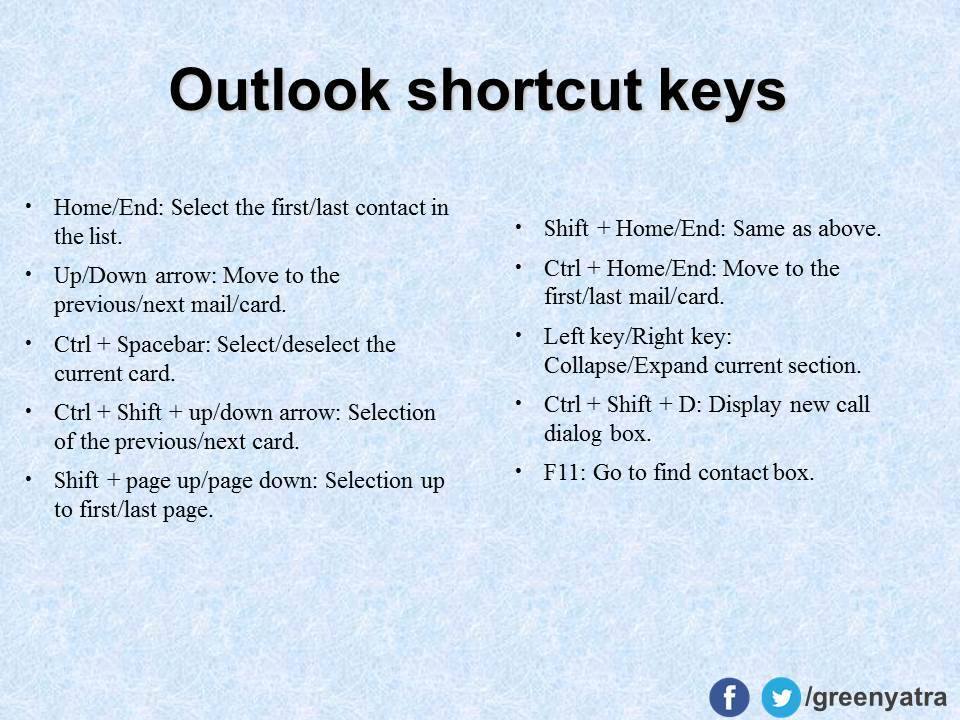Download Microsoft Outlook 2016 for Mac Free. Click on below button to start Microsoft Outlook 2016 Download for Mac OS X. This is completely Tested and Working Latest Version Mac OS App of Microsoft Outlook 2016. It is offline installer and standalone setup for Microsoft Outlook 2016.
Start quickly with the most recent versions of Word, Excel, PowerPoint, Outlook, OneNote and OneDrive —combining the familiarity of Office and the unique Mac features you love. Work online or offline, on your own or with others in real time—whatever works for what you’re doing. Select Done to start using Outlook 2016 for Mac. Improved authentication for existing Gmail users If you have a Google account added to Outlook for Mac earlier to the release of improved authentication experience for Google IMAP accounts, then you will need to sign-in. Outlook for Microsoft 365 for Mac Office for business Office 365 Small Business Outlook 2016 for Mac Outlook for Mac 2011 Outlook 2019 for Mac More. Less The signature attached to your emails can be customized to reflect your personal tastes, your company logo, or a particular mood. Office 2016 include applications such as Word, Excel, PowerPoint, and Outlook. They’re available as a one-time purchase for use on a single PC. Microsoft 365 plans include premium versions of these applications plus other services that are enabled over the Internet, including online storage with OneDrive and Skype minutes for home use.
-->Original KB number: 3007307
Symptoms
When you open your Calendar in Microsoft Outlook 2016 for Mac, the Open Shared Calendar button on the ribbon is unavailable.
Additionally, when you point to Open on the File menu, the Calendar option is unavailable.
Cause
This issue occurs if the Group similar folders, such as Inboxes, from different accounts check box is selected and the Hide On My Computer folders check box is cleared in General Preferences.
Workaround
To work around this issue, use one of the following methods:
Select the Exchange folder in My Calendars.
Open the calendar.
Expand My Calendars to display the Exchange mailbox calendar, the On My Computer calendar, and calendars that are associated with any other accounts that are open in Outlook for Mac.
Select the Exchange check box.
After you do this, the Open Shared Calendar button on the ribbon is available.
Open another user's Calendar.
On the File menu, point to Open, and then select Other Users Folder.
Search for and then select the user whose calendar you want to open.
In the Folder Type box, select Calendar.
Select Open.
Change the preferences settings that are related to the On My Computer folders.
- On the Outlook menu, select Preferences.
- Select General.
- Clear the Group similar folders, such as Inboxes, from different accounts check box.
- If you want, select the Hide On My Computer folders check box.
Original KB number: 3014451
Symptoms
Microsoft Outlook 2016 for Mac crashes immediately after startup. The crash reporter displays the following error information.
Exception Type: EXC_BREAKPOINT (SIGTRAP)
Exception Codes: 0x0000000000000002, 0x0000000000000000Application Specific Information:
dyld: launch, loading dependent librariesDyld Error Message:
Library not loaded: @rpath/osfcore.framework/Versions/A/osfcore
Referenced from: /Applications/Microsoft Outlook.app/Contents/MacOS/Microsoft Outlook
Reason:image not found
Cause
This problem occurs if the underlying file system is formatted as case-sensitive. In this scenario, the file is named OsfCore.framework. However, Outlook 2016 for Mac looks for a file that is named osfcore.framework and cannot find the file inside the app bundle.
Workaround

To work around this problem, rename the OsfCore.framework file as osfcore.framework. To do this, follow these steps:
- In Finder, open the Application folder.
- Right-click Microsoft Outlook, and then select Show Package Contents.
- Open the Frameworks folder, and then find the OsfCore.framework file.
- Select OsfCore.framework, press Return, and then change the file name to osfcore.framework.
/010_how-to-divide-in-excel-3124080-5c13fba046e0fb00012e1bcd.jpg)
Ms Outlook 2016 For Macbook Air
More information
Buy Microsoft Outlook 2016
You can use Disk Utility to determine whether the file system is formatted as case-sensitive. To do this, run Disk Utility, select the hard disk drive partition, and then select the Erase tab to view the Format option that's selected. If either of the case-sensitive options are selected, you may experience this problem.